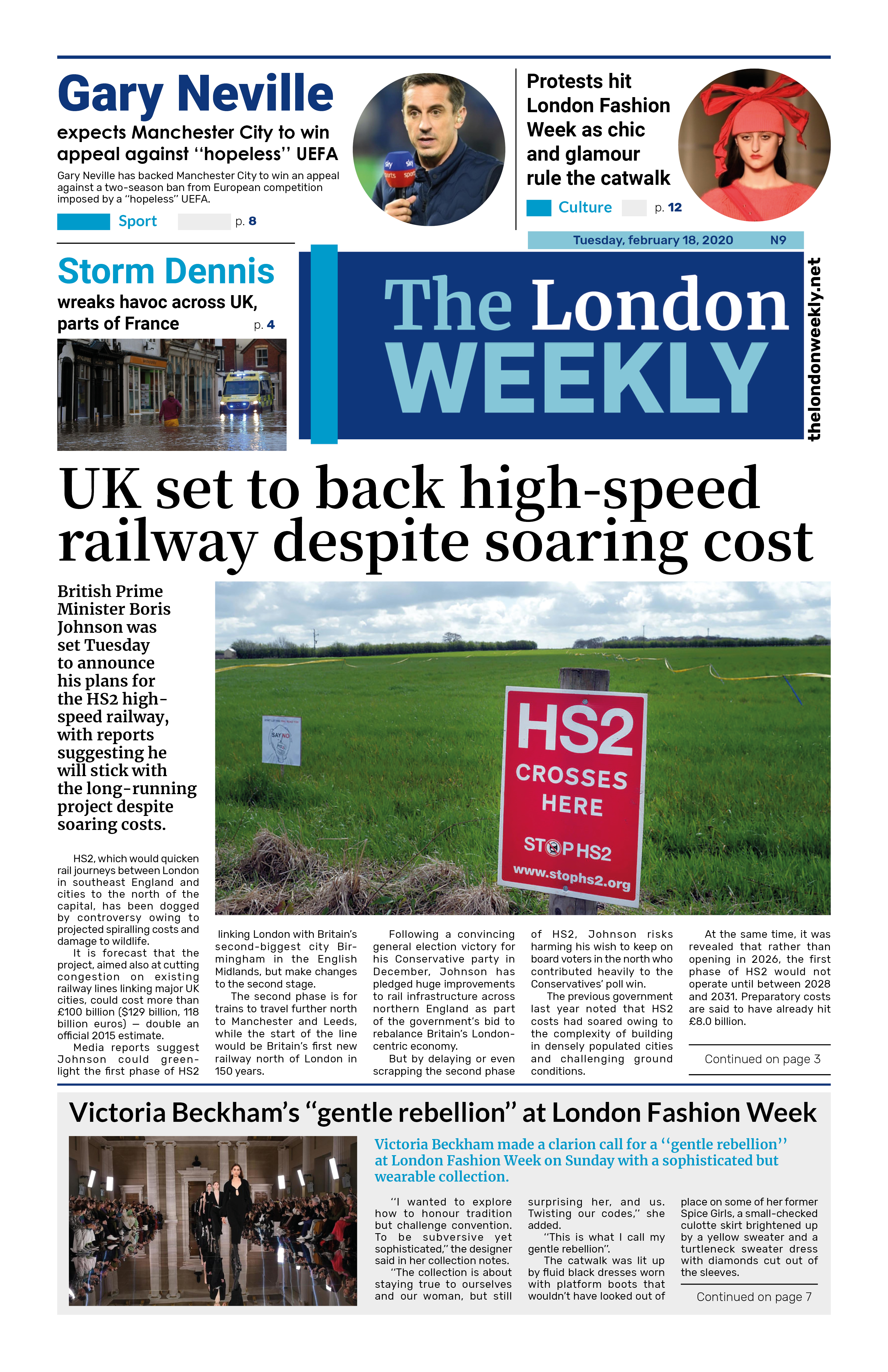
The UK labour market weakened further in March, with the largest increase in jobseekers in over four years, according to a new survey released on Friday. The rise comes amid cautious hiring
and staff layoffs across various sectors.
The Recruitment and Employment Confederation (REC) reported a continued decline in permanent job placements—a trend that has persisted for two and a half years—though the pace of decline was less severe than earlier in the year.
Staff availability rose at its fastest rate since December 2020, driven by a rise in redundancies and a decrease in job vacancies.
Despite the downturn, REC chief executive Neil Carberry noted some positive signs. He said the hiring slowdown appeared to be easing, even as businesses contend with increased payroll taxes introduced by UK Chancellor Rachel Reeves in April.
“Considering the significant impact of rising payroll taxes, these figures are slightly better than expected and suggest some resilience in the market,” Carberry said. “We expected a cyclical hiring rebound in 2025, but global uncertainty—especially recent trade moves by the US—has made the outlook less certain.”
The REC survey, conducted in partnership with KPMG from March 12 to March 25, preceded former U.S. President Donald Trump’s announcement of broad import tariffs, most of which he later rolled back on April 9.
Pay growth for permanent roles remained relatively subdued, although it ticked up from February’s four-year low. Temporary wage growth also improved, reaching a three-month high.
The Bank of England is closely watching labour market inflation as it weighs potential interest rate cuts.
In a separate report, Deloitte revealed that UK consumer confidence remained largely unchanged in the first quarter of 2025, with only a slight 0.3 percentage point increase.
“Given global uncertainties, cautious UK consumers may limit businesses' ability to pass on higher wage and cost pressures,” said Ian Stewart, Deloitte’s chief economist. “Any recovery in consumer spending hinges on a stable job market and controlled inflation.” Photo by Phil Whitehouse, Wikimedia commons.



































